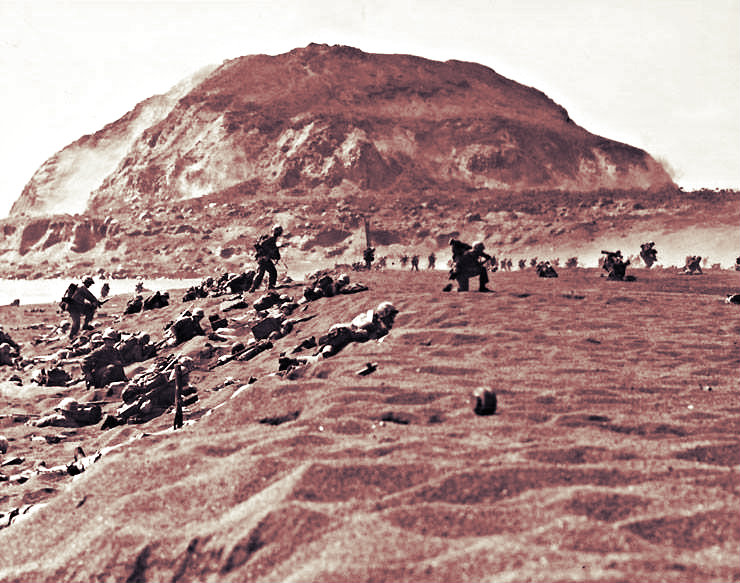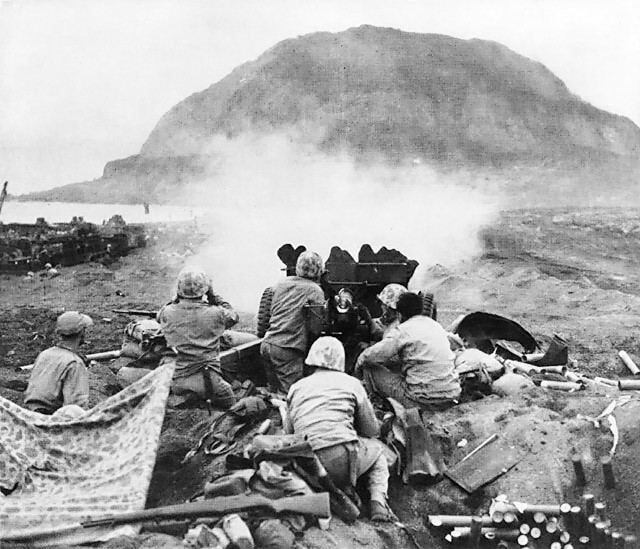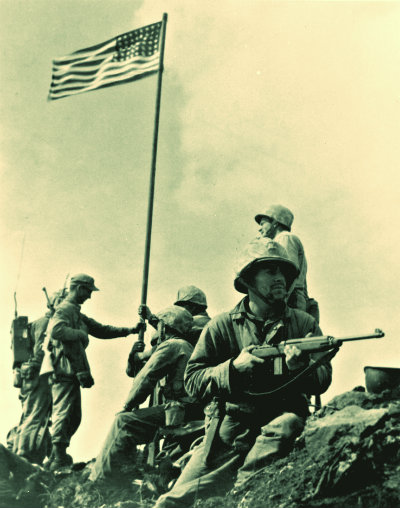WWII veteran and former Marine Hershel Williams, Woody to his buddies, is one of the group of WWII Marines who will be returning to the island of Iwo Jima for the commemoration of the bloody conflict which took place there between the Americans and the Japanese forces during the Second World War this coming March 21. The commemorative ceremony will happen under the shadow of Mt. Suribachi, the mountain setting for the iconic photo taken by Joe Rosenthal in 1945.
Hershel Williams is the last Iwo Jima surviving recipient of the Medal of Honor.
According to the war vet, his grandchildren have, for years, tried to convince him to return to Iwo Jima and relive the bloodiest battle the Marines were ever involved in. The 91-year-old former Marine said that he had been adamant in going back to the island because of the fact that the United States returned the island to the Japanese.
Williams believe that keeping the island as a memorial and a showplace, similar to Hawaii, would have been more appropriate than giving it back to Japan. “But they convinced me I’m getting old and crotchety and I need to change my attitude on it, so I did,” he ended.
Like Williams, most of the former Marines who fought in the Battle of Iwo Jima during the Second World War are already in their 80s and 90s making the return trip to the island more difficult for them. However, it is reported that about 45 American vets who were involved in the battle will be making the journey for the March 21st commemoration in the island. A number of these American vets are in need of financial help to get there.
These American Marines will have no Japanese counterparts during the commemorative ceremony, though. Originally, there were about 1,083 Japanese survivors from the battle but their number dwindled in the past years. These Japanese survivors had first fought in China and were much older compared to the mostly teenage American troops. Over time, they had grown too frail to make it back to Iwo Jima.
But hundreds of bereaved Japanese family members will be there for the commemoration and will join the Americans who also lost family members during the February-March struggle in the island way back in 1945.
The Battle for Iwo Jima
Iwo Jima was one of the last two hurdles that stood in between mainland Japan and the American forces. Aside from this, the Americans needed the island as a base for their B-29s as a takeoff from there would make for shorter bombing runs to Tokyo. Secondly, the territory was critical for their planned Operation Downfall, a massive amphibious landing into Japan’s mainland similar to the Normandy Landings.
Okinawa would be conquered in June that year and the decision to drop the two atomic bombs, which eventually canceled the planned invasion, was still months from taking place.
For the Battle of Iwo Jima, the Navy sent 880 of its war vessels off shore and bombarded the island for weeks while carriers based airplanes performed airstrikes. The amphibious landing in the island started in February 19. However, what was supposed to be just a ten-day operation, stretched to a month and six days [36 days].
The Japanese forces in the island did not give up without a fight.
Lt. Gen. Tadamichi Kuribayashi, the commander of the Japanese soldiers in the island, changed tactics. Rather than meeting the invading American forces at the Iwo Jima’s beachhead, they pulled back and hid themselves in a series of tunnels running throughout the island as well as pillboxes, guard posts and caves. They, then, went on to inflict heavy losses to the coming American soldiers.
Most of the Japanese soldiers chose to fight and die rather than surrender themselves to the invading troops. The American Marines, on the other hand, had to get desperately closer to them to kill them. They did so through grenades and employing flamethrowers.
It was on February 23 when five Marines and a corpsman of the Navy hospital hoisted the American flag on the peak of the island’s Mt. Suribachi. The moment was captured in Joe Rosenthal’s camera lenses and went down in history as one of the most iconic photos of the Second World War.
The next day, the Marines were able to take the strategic airstrip. But the struggle – all the crawling, shooting and running – went on.
The Most Brutal Struggle for the Marines
The most agonizing memory medal of Honor recipient Hershel Williams has of the Battle of Iwo Jima was Japanese soldiers charging at him with rifles and bayonets in hand. he believes that if his flamethrower had run out of fuel that time, he may have been one of the battle’s casualties.
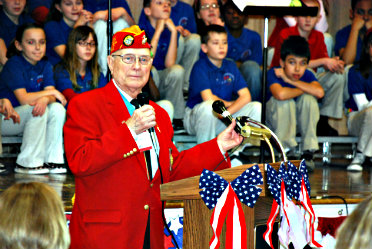
“I was able to get them with flames before they were able to get to me with bayonets,” he says.
Though exhausted and battered, the American Marines were finally able to take the island in March 26. There were an estimated 20,000 Japanese troops who participated in the battle. Only 216 were left to surrender and Gen. Kuribayashi was not one of them. But even after their surrender, sporadic fighting still took place until June. By this time, another 867 Japanese soldiers came out from their hiding holes and surrendered.
Finally, the last two Iwo Jima Japanese soldiers laid down their arms six years after WWII ended.
According to various military history sites, of the 70,000 Marines who were sent to participate in the Battle of Iwo Jima, about 7,000 died while 19,000 were wounded. These numbers make the conflict the most brutal in the history of the Marine Corps.
Additionally, twenty-seven of the American troops who fought in the battle received the Medal of Honor, more than for any other single American battle.
Lending a Helping Hand to Former Marines
When Retired Lt. Col. Michael Kessler, who supervises the nonprofit organization Young Marines in Washington, learned that WWII veteran Hershel Williams needed financial help to get to Iwo Jima for the commemorative event, he promptly set out raising money for him.
Eventually, he found out that Williams wasn’t the one needing financial assistance; but there were some 15 of the 45 former Marines who did need it. To date, Kessler’s goal is to raise and present a check of $40,000 to the Iwo Jima Association of America, the sponsor of the trip.
Furthermore, United Airlines pitched in by offering ten complimentary tickets for the vets for the journey to and from the US to Guam. It will be on that island where the veterans and their families will board charter hops that will take them to Iwo Jima.
“I said this is just wrong that these guys, because of funds, are unable to go back to the scene of the battle,” Mr. Kessler pointed out speaking about his inspiration for his fundraising campaign.
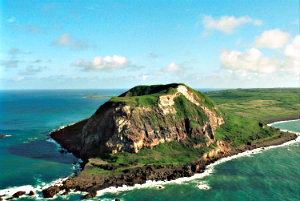
On the other hand, the executive president of the Iwo Jima Association, retired Marine as well as Vietnam and Korean War vet Colonel Warren Weidhahn, said that through the years the association has handled trips for veterans to the island, he saw a decline in their numbers.
According to him, as the vets get older each year, more and more have dropped off from going back to the island for the commemorations. He also stated that one of the association’s requirement for the veterans, which is supported by both the American and Japanese governments, was that the vets need to be “in relatively good health before they are allowed to go”.
He added that though there are still thousand former American Marines and Iwo Jima vets alive to this day, many of them are not physically and financially able to make the far trip back to the island where they once fought for their country and their lives.
